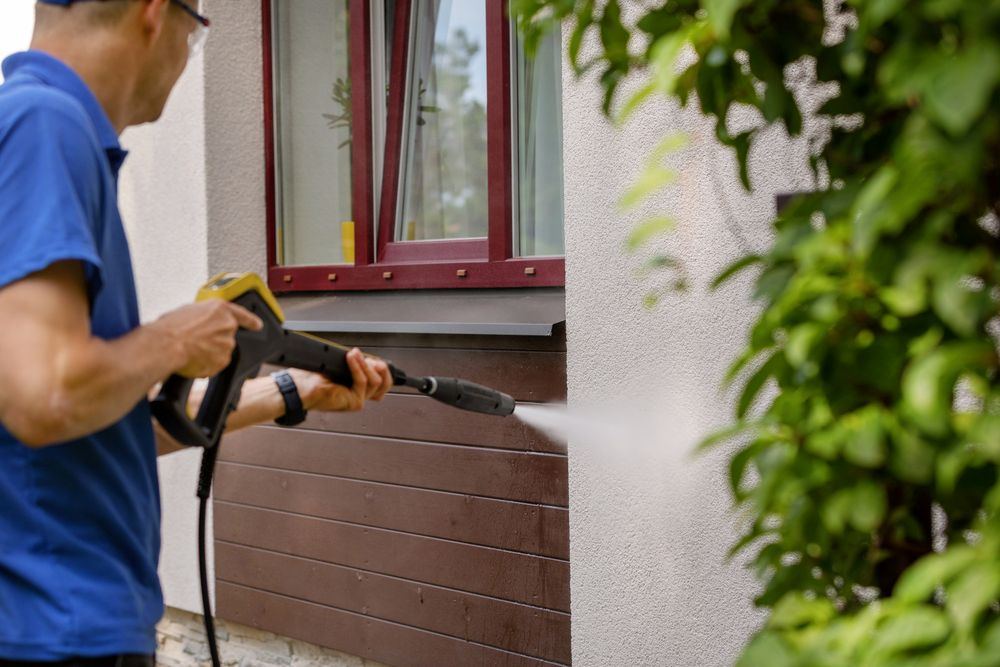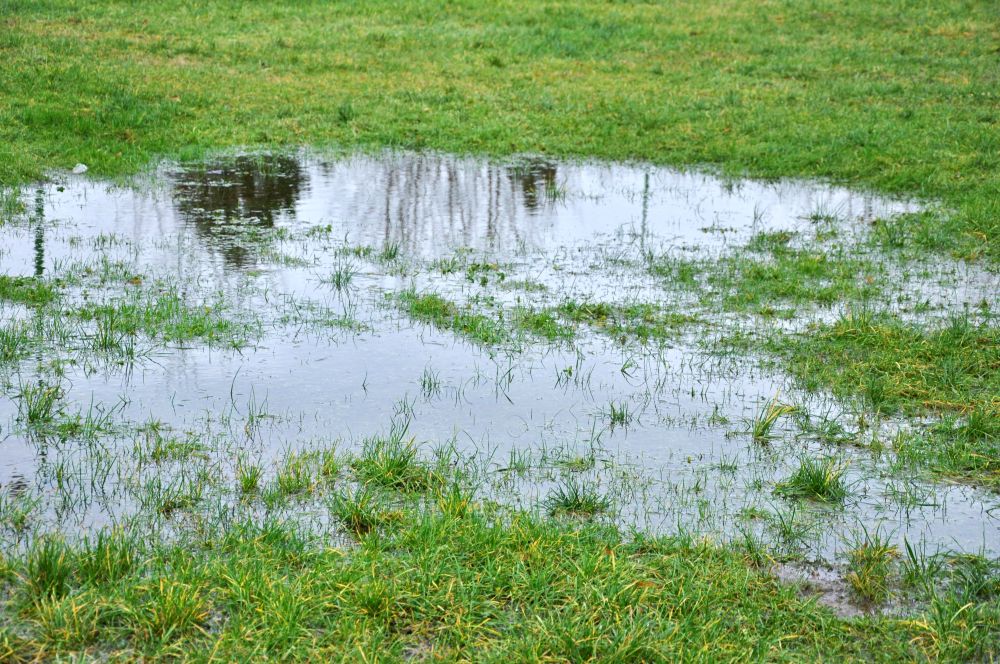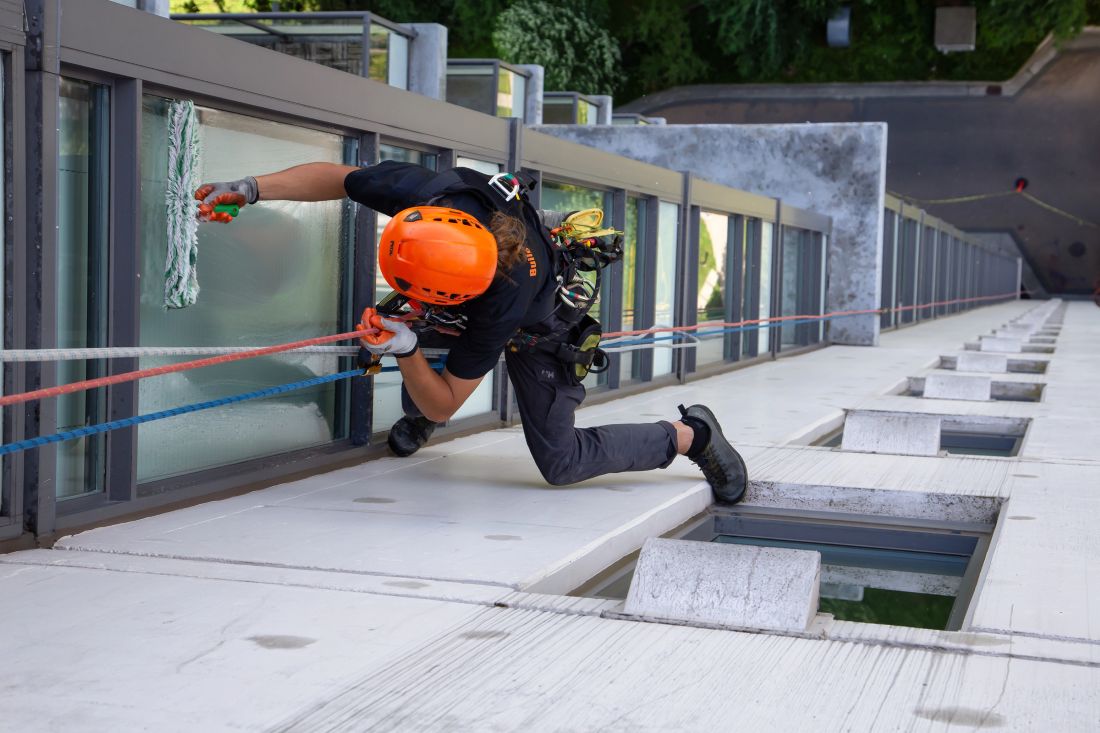House washing isn’t a one-size-fits-all job. Use the wrong method, and you risk peeling paint, water damage, or a surface that still looks grubby after you’ve paid good money. The two main methods, soft washing and pressure washing, are often used interchangeably in conversation, but they work in very different ways.
If you’re hiring someone to clean your home’s exterior, understanding the difference matters more than most homeowners realise. It’s about more than just getting a clean finish. It’s about protecting your home.
This guide lays it out in plain terms. You’ll learn when each method works best, what surfaces suit which treatment, and what to ask before letting anyone near your place with a high-powered hose. Whether you’re prepping for a paint job, tackling mould, or trying to maintain a tidy exterior, knowing the right method makes a big difference.
Key Takeaways
- Soft washing uses low pressure and chemical solutions, making it safer for delicate surfaces.
- Pressure washing relies on high-pressure water to remove dirt, ideal for hard surfaces like concrete.
- Using the wrong method can cause permanent damage to your cladding, paintwork, or roof.
- Always ask your contractor about their method, equipment, and process before hiring.
- A good house wash goes beyond surface appearance. It helps preserve the lifespan of your exterior materials.
What Is Soft Washing and When Should You Use It?
The Method and Equipment
Soft washing uses a low-pressure pump system with specially formulated cleaning solutions. The idea isn’t to blast grime off with force. Instead, the solution is applied to the surface, allowed to dwell, and then gently rinsed off. It’s a chemical-based clean rather than a mechanical one. The cleaning agents used often include biodegradable solutions that break down mould, lichen, and algae at the root level, which helps prevent regrowth.
Because soft washing doesn’t rely on brute force, it significantly reduces the risk of damaging your home’s materials. It’s a more controlled, strategic process that targets biological build-up at its source instead of spreading it around or embedding it deeper into the surface.
Best Surfaces for Soft Washing
Soft washing is best suited to exterior surfaces that are prone to damage or weathering:
- Painted weatherboard
- Stucco and render
- Roof tiles and shingles
- Cedar cladding
- Glass balustrades
It also works well on screens, fencing, garage doors, and outdoor furniture. Because it doesn’t force water into the surface, soft washing helps prevent internal moisture damage and paint lifting. That’s particularly important for older homes or properties with historical features.
Benefits of Soft Washing
The biggest advantage of soft washing is surface safety. It removes mould, mildew, lichen, and grime without scraping the surface or forcing water underneath it. Soft washing also kills spores, which gives a longer-lasting clean. It’s less abrasive and more effective over time, especially in shaded or damp areas where growth tends to return.
Soft washing is also quieter, more energy-efficient, and often safer for the operator. This matters if the work is being done close to gardens, pets, or sensitive building elements. Overall, it’s a smart option for most residential exteriors.
What Is Pressure Washing and When Is It the Right Choice?
The Method and Power Levels
Pressure washing uses machines that pump water at high pressure, often over 2000 PSI. It’s a physical, force-based method. The goal is to strip away dirt, debris, and surface stains using the sheer force of water. In skilled hands, this can deliver fast and powerful results, especially on large or heavily soiled surfaces.
Not all pressure washing is the same. There are various nozzles, pressure settings, and techniques that should be adjusted based on the job. Without proper control, it can lead to damage.
Ideal Surfaces for Pressure Washing
Pressure washing works well on hard, sealed surfaces that can handle the force:
- Concrete driveways
- Paved paths and patios
- Brick walls
- Stone features
- Garage floors
These areas are best suited to pressure washing. It is not the right tool for softer surfaces like painted cladding or old roofing. Even some hardwoods can be etched or splintered by excessive pressure.
If your exterior has seen better days, it’s worth checking out the top signs your Hamilton home needs spouting replacement now before booking a house wash.
Risks of Misuse
When misused, pressure washing can cause serious damage:
- Stripping paint from weatherboard
- Damaging wood fibres or decking joints
- Forcing water under cladding, into soffits or roof spaces
- Cracking mortar between bricks
- Compromising waterproof membranes
This kind of damage is often expensive to fix and is usually avoidable with proper method selection. That’s why choosing a professional who understands the risks is essential.
Why This Choice Matters When Hiring a House Washing Pro
Not All Contractors Know the Difference
Some contractors still refer to everything as “water blasting.” That can be a warning sign. Anyone worth hiring should know the distinction between soft washing and pressure washing and should be able to explain why one method is better suited to your property. When a tradie uses vague language, it often means they use the same method for every job, regardless of the surface.
What to Ask Before You Book
Before you book a house wash, ask the following:
- Do you inspect the property before deciding on a method?
- How do you handle older homes or painted cladding?
- Can I see photos of similar jobs you’ve completed?
- What kind of equipment do you use for soft washing?
- Are your cleaning agents safe for pets and gardens?
These questions help separate skilled professionals from general contractors. A good operator will walk you through their process and explain their choices.
Red Flags to Watch Out For
Be cautious of any business that:
- Doesn’t mention soft washing
- Offers one flat rate regardless of house type or material
- Avoids explaining their method
- Skips site visits before quoting
- Lacks local reviews or project photos
Reliable operators will tailor their service to the job and take time to show you how they approach the work.
Soft Washing and Pressure Washing: Can They Work Together?
A good contractor may use both soft and pressure washing on the same property. For example, they might soft wash your weatherboard and roof, then pressure wash your driveway and paths. The key is using the right approach for each surface.
Experienced cleaners often apply a hybrid method. They might treat surfaces with a soft wash solution, then use a lighter rinse or pressure setting in higher-traffic areas. This gives a thorough clean without damaging materials or forcing water where it shouldn’t go.
That kind of attention to detail shows a tradesperson who values results. They focus on quality over speed and aim to preserve your home’s condition while delivering a strong visual outcome.
Safe Cleaning Always Wins
The wrong method can cause damage that only becomes obvious months later. A good house wash should leave your home looking refreshed and better protected from the elements. If the contractor can’t explain their method or why it’s right for your property, look elsewhere.
Great results come from care and experience. The best exterior cleaning isn’t rushed or generic. It’s based on surface type, environmental conditions, and a clear understanding of what each method can do. Before you book a clean, ask questions, listen to the answers, and choose someone who treats your home with the respect it deserves.
Protect your property. Choose wisely. And make sure your next house wash is done right.


